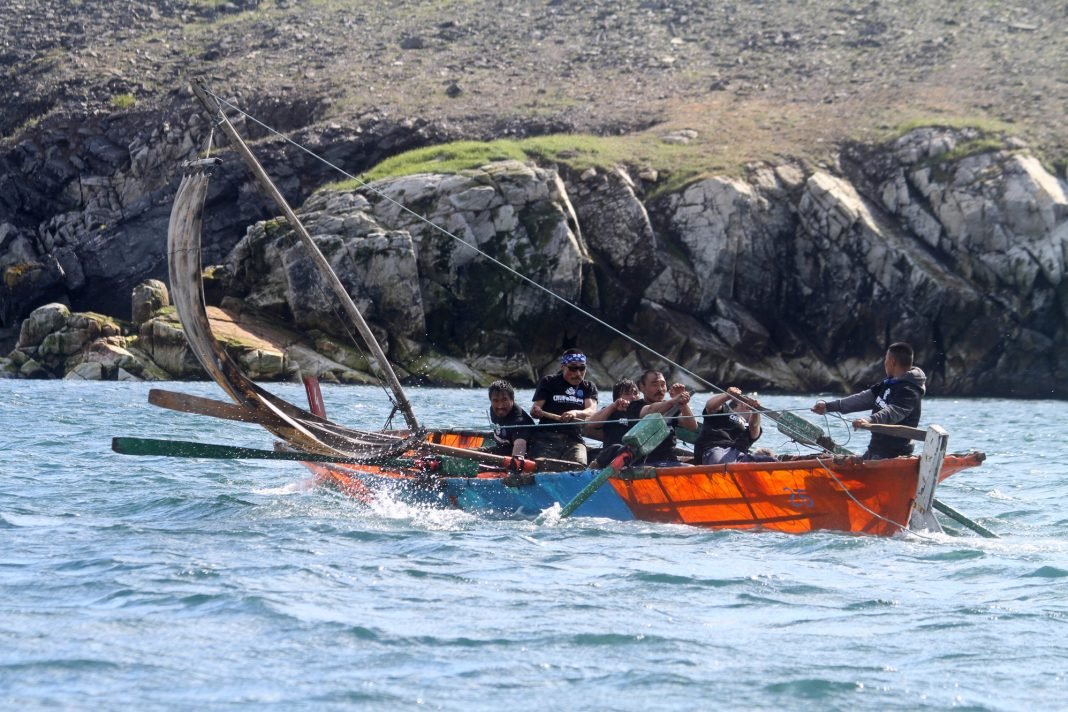Addis Ababa, 4 August 2022 (TDI): According to the UN Economic Commission for Africa (ECA) interpretation, Africa can mobilize up to 30 billion dollars per year. This can be only if carbon was priced globally at 50 dollars per ton as opposed to current prices.
However, these prices are lower than five dollars per ton. The Congo Basin Peatlands is actually equal to a thirty billion ton carbon sink. Hence, it can be capitalized on for the development of Africa.
“ECA analysis shows the global price of $50 per tonne of Carbon compared to current prices, less than $5 per tonne, can allow Africa to mobilise up to $30b p.a. The #CongoBasin Peatlands are a #carbonsink of 30 billion tonnes. An asset for Africa’s development.” – @SongweVera pic.twitter.com/qYkqU826qQ
— ECA (@ECA_OFFICIAL) August 3, 2022
ECA has announced that it has been creating a Carbon Registry. This is being done with the aim of using market forces to carry accountability & authenticity in using the blockchain.
Hence, a unified protocol that establishes a high-integrity carbon industry might be helpful in closing the funding gap. This will be implemented for climate resilience and the Sustainable Development Goals (SDGs).
With about 31.5 billion tons of carbon being stored, the peatlands of the Central Congo Basin are one of the planet’s most carbon-dense ecosystems.
Peat only makes up 5 percent of the Congo Basin, though it contains as much carbon as all the trees in the Congo rainforest when combined.
Moreover, Congo Basin is very important to the world. The Congo Basin’s forests have been home to humans for over tens of thousands of years.
More than 75 million individuals today receive their food, pharmaceutics, water, raw material, and basic necessities from the Congo Basin.
Furthermore, it continues to serve as a carbon sink that provides incredible wildlife habitats. This also helps manage water resources and generally keeps well for archaeological sites.
Additionally, as a carbon showroom, peat is more significant to the environment than the forest areas of Great Britain, France, and Germany put together.








